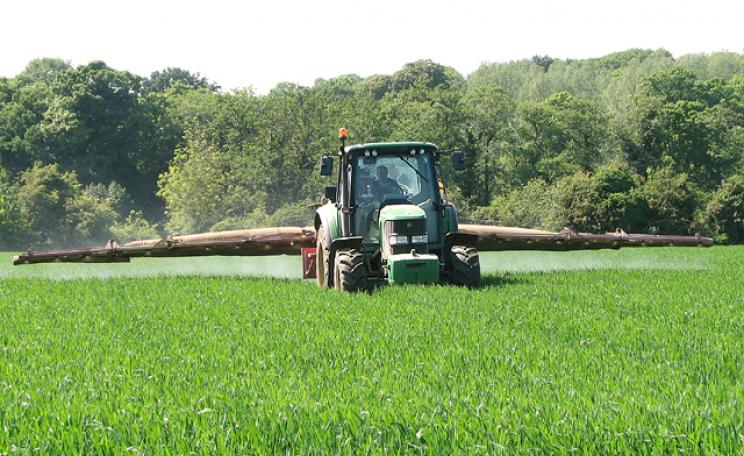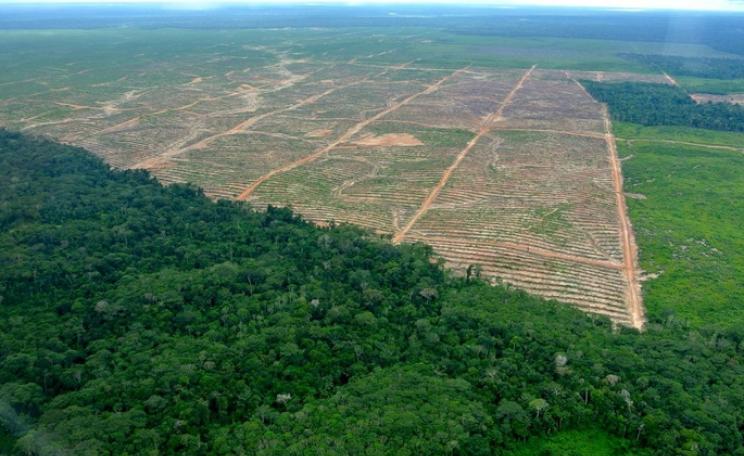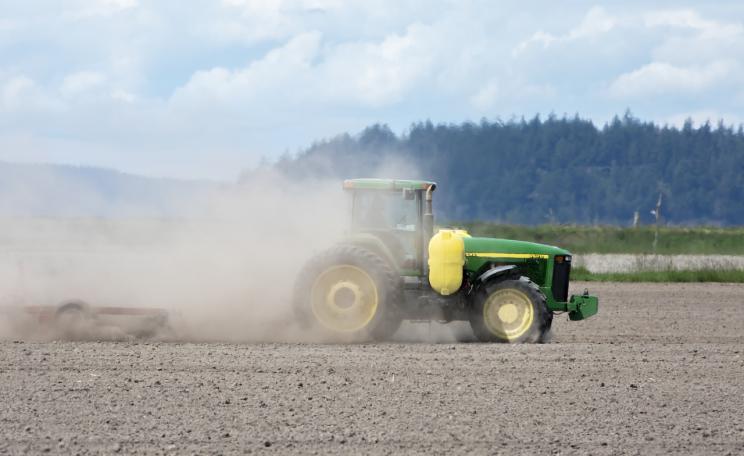-
There are over 3.5 billion hectares of farmland and grassland on Earth and each hectare can remove tons of greenhouse gases from the atmosphere.
We can draw down carbon with beneficial soil biology, Like planting trees to store carbon in their trunks. In my home state of California, rangeland ecologists and bio-geochemists have been testing the soil carbon from improved grazing and compost application, practices known as carbon farming.
The reduction in carbon emissions has been astounding—once ranch in my supply chain, the equivalent to not burning 6500 liters of petrol per hectare, each year, for 6 years and counting.
Perverse incentives
There’s really no downside to investing in better farming and healthy soil, which also creates more delicious and nutritious food while conserving water and making farms more climate resilient.
Each dollar invested in climate solutions related to food and land use would generate over $13 in public benefit; overall, 1 percent of GDP annually would be enough funding to lower global temperatures by 2050.
However, at present, in the US and other countries, agricultural incentives are so perverse that they often punish farmers and ranchers for investing in healthy soil: as a result, very little of the world’s agricultural land is healthy.
According to the United Nations, if current trends continue, the world’s topsoil has only about 60 harvests left in it. Capitalism prioritizes short-term yield and profit instead of long-term agro-ecology and human health, so we’ve adopted a production mode reliant on monoculture and chemical inputs and extracting as much as we can, as quickly as possible.
If we can focus on returning carbon (i.e. organic matter) to the soil, we can solve global warming and create better food. Applying compost to farmland is probably the best example of how society can shift to a renewable food system.
Cultural shift
Making these changes would require widespread cultural shift – but recycling has become the norm in a few short decades and renewable energy is scaling rapidly. However, we must view the transformation of the food system along the same lines as the transition to renewable energy—we must fund the transition to renewable farming.
Since the goal is to truly change many acres of farmland, then we must not only try to source well, but specifically ask our existing supply chains to change. In fact, we should help pay for the transition.
Like many chefs – and home cooks – I aspire to work with the best ingredients I can afford, or the best that my business model allows. But as demand for sustainably produced ingredients starts to outpace the 2 percent or 3 percent of the farmland, or when we can’t afford the most sustainably farmed choice, we must also focus on actually creating the change.
Imagine for a moment if such an option presented itself in another industry—if, say, there was a fuel additive that could eliminate the emissions from burning petrol, or in fact if the additive went as far as to pull greenhouse gases out of the atmosphere.
Now imagine if it cost just 1 percent more at the pump. We would expect corporations and governments and citizens to be scaling up as quickly as possible.
Funding transition
The same model could be applied to farming. Bio-geochemists have determined that carbon farming actually begins to create long-term, durable soil carbon immediately. If we paid farmers to reconfigure the food system by applying climate beneficial soil additives such as compost and cover crops, then we can transition millions of hectares each year and solve global warming.
Restaurants are a tough business and barely making ends meet, but we can serve as a pathway for customers to invest in better farming.
I have been piloting this in my restaurant, Mission Chinese Food, in San Francisco. And many of the restaurants at Zero Foodprint have as well by adding a surcharge of 1 percent to support environmentally-friendly farming practices.
The funds from the surcharge will help farmers transition from non-renewable production in a scalable way – sequestering CO2 in plants and soils, reducing greenhouse gas emissions, and producing co-benefits that build ecological and economic resilience in local landscapes.
So far, it’s a success – At MCF we’ve probably served about 30,000 people and only two diners have opted out. (And unlike most of the other participating restaurants, we have applied 3 percent charge).
Optional surcharge
In January, we’re working with the State of California to ask all restaurants to add an optional surcharge to create a renewable food system. If just 1 percent of California’s restaurants participate, the program will generate $10 million a year to fund carbon farming across the state.
The solution to reducing carbon emissions is not using chard stems or perfecting the stem cell burger.
It’s using trillions of dollars to return billions of pounds of nutrients to millions of hectares—shifting to a renewable food system. Re-storing carbon one hectare at a time can help us to fight climate breakdown.
This Author
Anthony Myint is the winner of the Basque Culinary World Prize 2019, an award for chefs around the world whose work has transformed society through gastronomy.




